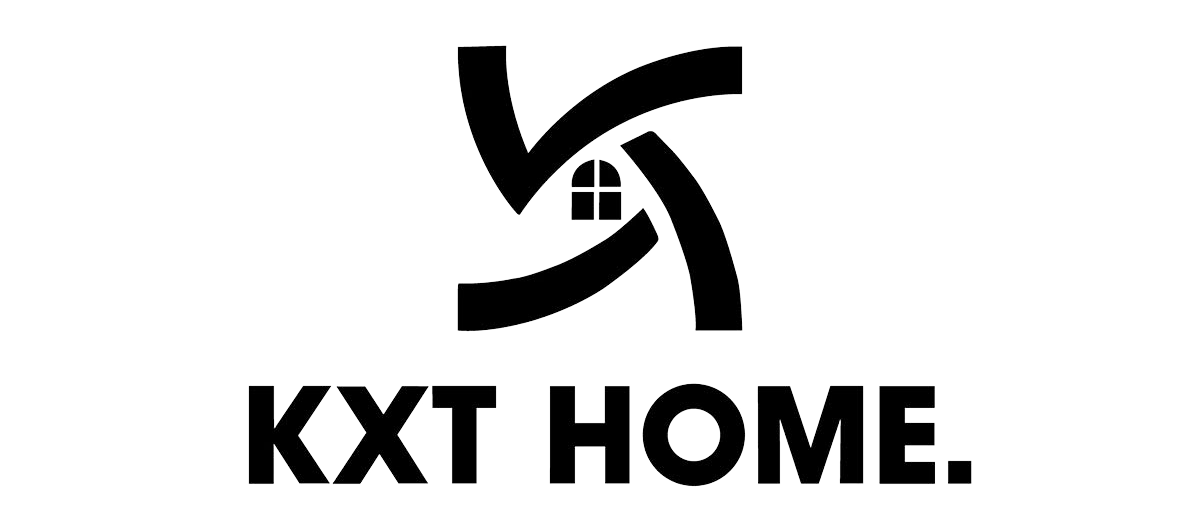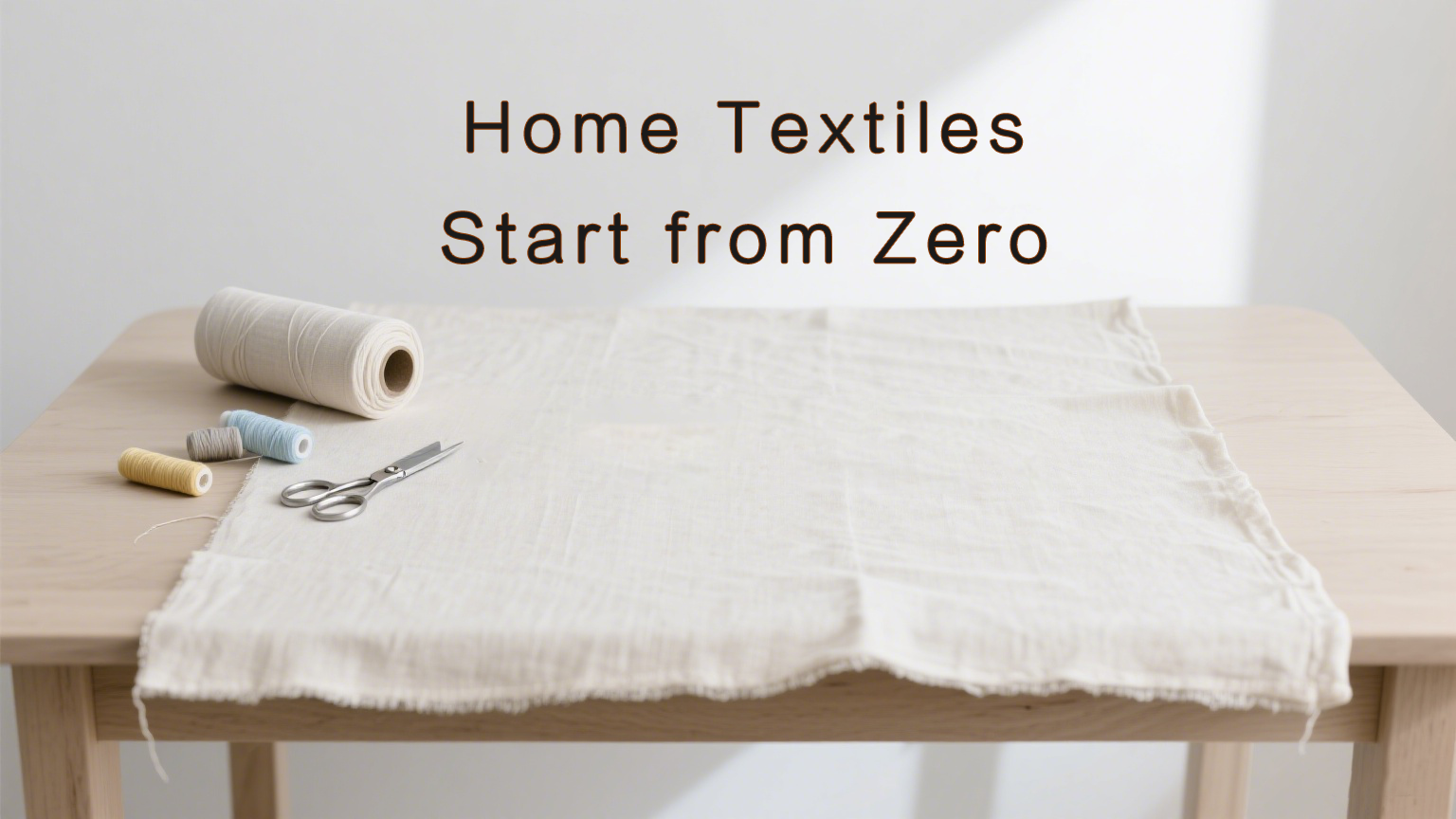Establishing a home textile brand is an interesting journey that integrates creative design, supply chain procurement and brand narrative. The following text provides a practical step-by-step plan covering the entire process from the initial idea to the product launch, along with a list and practical suggestions that can be implemented.
1. Clarify the brand vision and market positioning
Determine the core direction of the brand
For niche markets, it is necessary to determine the target market segments, such as eco-friendly bedding sets, high-end bath towels, children's room textiles, and minimalist style blankets, etc. The brand story should clarify the original intention of its establishment and the user pain points it plans to address. The visual style needs to plan color matching, pattern design, fabric texture and overall direction, such as Nordic style, natural style, dynamic style, etc. The value proposition should identify the brand's differentiated advantages, such as using organic raw materials, reducing environmental impact, ensuring fair labor, and providing customized services.
Lock in the target consumer group
Clarify the demographic characteristics, consumption psychology, price acceptance and common shopping channels of the target customer group, such as online platforms or offline stores.
2. Research and verify the product concept
Carry out market validation work
When analyzing competing products in the same industry, it is necessary to cover dimensions such as pricing range, raw material usage, qualification certification, and sales channels. To track industry trends, it is necessary to pay attention to the publicity directions related to new fabric technologies, special treatment processes, and environmental protection concepts. To conduct a rapid test, it is necessary to create a style board fabric sample, organize a focus group discussion, and launch a pre-sale activity.
Determine the product category and raw material range
The planned product range may include bed sheets, pillowcases, towels, blankets, cushion covers, table textiles, etc. The types of raw materials that can be selected include organic cotton TENCEL, linseed cotton blended regenerated fibers, etc. Consider relevant certifications such as the Global Organic Textile Standard (GOTS), the Eco-Textile Standard (OEKO-TEX), and the Global Recycled Standard (GRS). For packaging, materials certified by the Forest Stewardship-Council (FSC) can be selected.
3. Develop business and product planning schemes
Sort out the basic business framework
The business model can be chosen from direct-to-consumer (DTC) wholesale cooperation or a hybrid approach combining both models. The pricing strategy needs to calculate the expected profit margin of the cost of goods (COGS) to determine the target retail price. The procurement plan should screen fabric factories and manufacturers to clearly define the minimum order quantity (MOQs) for the production cycle.
Plan the product development process
In terms of technical parameters, the yarn count density of the bed sheet needs to be determined, the weight per square meter (GSM) of the fabric needs to be clearly defined, the weaving process and the surface treatment method. The sample production timeline should cover all process nodes from fabric samples to product samples and then to the final finished products. Quality control requires the implementation of quality verification work such as durability testing, color fastness testing, and water washing testing.
4. Supply chain procurement and manufacturing
Screen high-quality partners
Factories and fabric factories should give priority to enterprises with transparent production processes and relevant qualification certifications. The sample production process first checks the product quality through small-batch trial production orders. Qualification and review must ensure that the cooperative factory can meet the qualification standards for brand promotion.
Plan logistics and cooperation terms
Clarify the production cycle, transportation terms (Incoterms), packaging standards, and incorporate environmental protection concepts into the packaging process. Recycled cartons can be selected, plastic materials should be used less, and protective packaging materials should be adopted.
5.Brand building and product display design
Build a visual identity system
Design the font style of the brand logo, product photography style, create product brochures, determine the brand language style, narrative perspective and product introduction copy.
Packaging and unboxing experience design
The eco-friendly packaging labels that are in line with the brand concept should indicate the fabric composition, care instructions, qualification certifications, and origin information.
6. Build product lines and create product lists
Create a product catalogue
In the initial stage, focus on 3 to 5 core products to avoid distraction. Plan the product specifications, colors, patterns and other variations reasonably, and control the number of SKUs within a manageable range.
Prepare product lists and technical archives
For wholesale customers, a product list should be made, which includes clear SKU pricing, minimum order quantity and delivery cycle. For manufacturers, technical archives should be provided, clearly stating the parameter standards, error ranges, reference pictures and requirements for care labels.
7. Compliance requirements, qualification certifications and ethical standards
Compliance management
When it comes to cross-border sales, product labels and care instructions should be standardized in accordance with the requirements of the target market. Relevant import and export regulations must be followed.
Qualification certification
To promote the "organic" attribute, it is necessary to obtain authoritative certifications such as GOTS organic certification from the United States Department of Agriculture. Finished textiles can apply for OEKO-TEX 100 standard certification. Audit the social responsibility and environmental protection standards of cooperative factories to ensure fair labor.
8. E-commerce construction and sales channel strategies
Website and online store construction
To create a website with a good user experience, the product page should clearly display specifications, care methods, and frequently asked questions, and be equipped with high-quality product images and scene images.
Expand sales channels
It can cover official websites, e-commerce platforms, wholesale cooperation, pop-up stores, etc. that directly face consumers, actively expand retail cooperation relationships, and participate in exhibition hall activities.
Formulate marketing plans
The launch plan needs to create a preheating atmosphere in advance, collect customer email addresses and open up priority purchase permissions. The content strategy should be to create care guidelines in combination with techniques and environmental protection concepts. The promotion channels are combined with cooperation with social media search engine optimization (SEO) experts to carry out paid and organic traffic promotion.
9. Operations Management and Financial Planning
Build an operation system
Establish inventory management, order fulfillment, return and exchange policies, formulate customer service processes and response time standards.
Make good financial plans
The budget allocation should cover the expenses in product development, sample production, qualification certification, packaging, marketing and other links. Financial planning should predict the cash flow situation and determine the sources of funds, such as self-raised funds, small commercial loans, and advance sales proceeds.
10. Launch strategy and Market promotion
Preparations before going online
By offering discount incentives, giving away fabric samples, collecting customer email addresses, and Posting behind-the-scenes stories of the brand and related content about product samples.
On the day of official launch
Launch limited-time discounted product sets or exclusive color schemes, and release interactive content such as nursing teaching videos and matching tutorials.
Operation after going online
Collect customer feedback to optimize product design and enhance user loyalty through care guidelines and customer education content.
11.Sustainable Development and Transparent Operations (Optional but highly Effective)
Disclose the environmental impact of raw material sources, supply chain processes and production links, issue a sustainability statement or supplier code of conduct, and enhance consumer trust through third-party certification.
12.Quick Start Checklist
Clarify the brand's niche market and target customer group, determine the product range and raw material selection, screen fabric factories and production plants, and request samples. Obtain relevant qualification certifications as needed. Complete brand design and basic packaging development. Build the DTC official website and open an online store. Create an initial product list for wholesale customers. Plan the launch activities and content release calendar. Build an inventory fulfillment and customer service system

